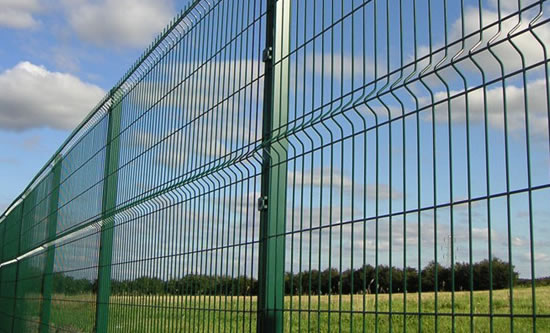NEWS
El Paso Homicides Spiked After Border Fence Was Completed; The Fence Didn’t Cause It
Hot:Loading... Date:2019-02-19
El Paso Homicides Spiked After Border Fence Was Completed; The Fence Didn’t Cause It
At a recent rally in El Paso, Texas, President Trump again claimed that that city had a high crime rate before a fence was built between it and Mexico in 2008 and 2009. Many people have pointed out that El Paso has long been a more peaceful city than others, before and after the border fence was built. This post adds just a few more visuals to hammer home the point made by others and an odd anomaly in homicides. I constructed the figures using local police department crime data from the Uniform Crime Reports (UCR) database, focusing on departments that policed populations of between 500,000 to 1 million. That population size was appropriate as El Paso’s population was 683,577 in 2017. The local police departments variable identifies city police departments in the UCR, but it also includes several large urbanized counties in Maryland, Georgia, Virginia, North Carolina, and elsewhere. In total, 41 different cities and counties met the criteria, including El Paso. I further relied on the FBI population estimates to calculate the crime rates. Lastly, I set the base year of 2000 at 100, and compared the crime rates in El Paso over time with the average crime rates across the other 40 other jurisdictions. These charts convinced me that I did not need to run any regressions nor was the story significantly than that which was already reported, with one exception. First, the consistent findings. Figure 1 shows the overall crime rate in El Paso versus the other 40 jurisdictions. The gray shaded area is when the El Paso border fence was under construction. Looks like crime continued to decline in El Paso and in the other cities after the wall was built at about the same rate as it declined prior the government’s construction of a border fence there.





 冀公安网备: 13012302000474号
冀公安网备: 13012302000474号